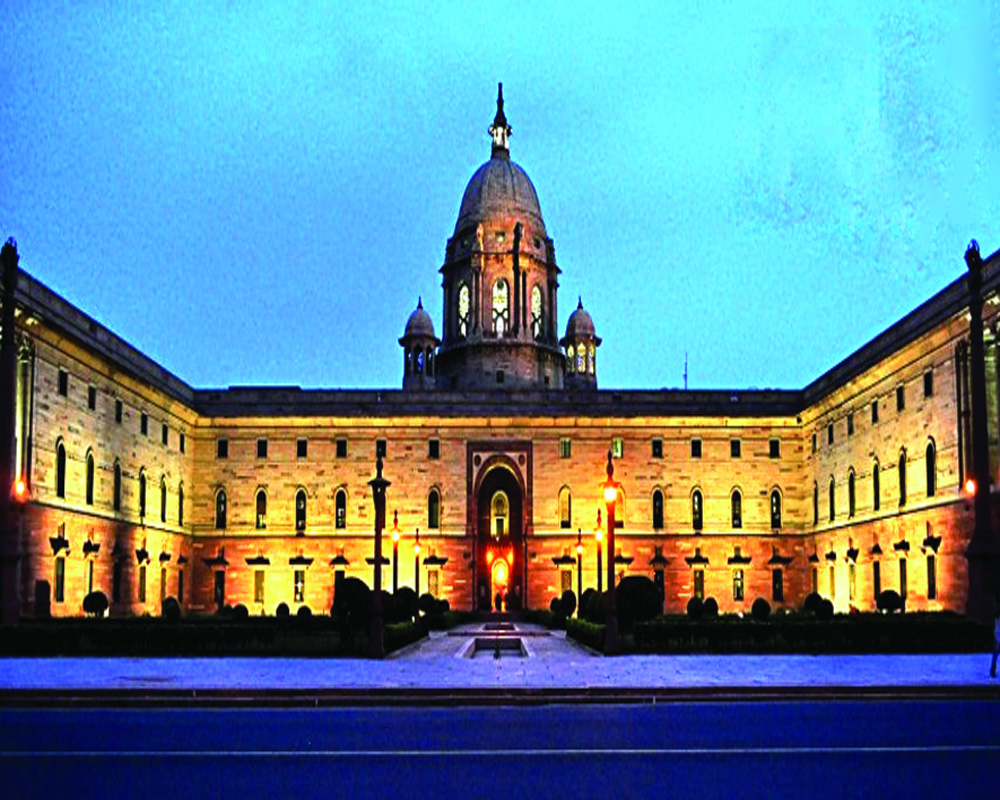To fulfill its aspirations as a global leader, India must urgently bolster its diplomatic infrastructure by expanding and modernising the Ministry of External Affairs
India, the world’s most populous nation and the largest democracy is emerging as a pivotal force in global affairs. As a leader of the Global South, its growing economic might, strategic autonomy, and commitment to peace have positioned it at the centre of international diplomacy.
However, despite these achievements, India’s Ministry of External Affairs (MEA)—the critical institution shaping and executing its foreign policy—remains under-resourced. With only about 850 diplomats, the MEA is inadequately equipped to handle the complexities of a rapidly evolving global landscape. For India to realize its potential as a global leader, it must significantly expand its diplomatic infrastructure, scaling the MEA to at least 5,000 personnel. Such an expansion would align with India’s ambitions and its stature as a major international power.India’s diplomatic requirements have grown substantially alongside its global ambitions.
As the world’s largest democracy and one of its fastest-growing economies, India’s foreign policy must address a wide range of global issues. From trade negotiations and climate change to digital diplomacy and global security, the MEA serves as the nerve center of India’s international engagements. India’s foreign policy has traditionally been guided by strategic autonomy and a commitment to peace, rooted in the Nehruvian tradition of non-alignment. Leaders like Jawaharlal Nehru and VK Krishna Menon laid the foundation of an independent foreign policy that prioritized non-violence while asserting India’s sovereignty. This legacy of non-alignment, which positioned India as a bridge between competing superpowers, remains a cornerstone of its diplomatic approach.
However, the global order is shifting, and India must adapt its foreign policy apparatus to meet modern challenges. Strengthening the MEA is vital not only for safeguarding India’s interests but also for crafting a vision capable of influencing global politics. With a population exceeding 1.4 billion and leadership roles in key international forums, India’s current diplomatic infrastructure is insufficient for the demands it faces.Countries like the United States, China and Russia deploy thousands of diplomats and foreign policy experts to maintain their global influence. In contrast, India’s diplomatic corps, though skilled, is a fraction of the size required. This gap underscores the urgent need for a larger, more specialised MEA capable of shaping global discussions and providing strategic depth across multiple domains. Expanding the MEA to 5,000 personnel would ensure that India’s foreign policy is both proactive and comprehensive. Such an expansion is not merely about increasing numbers; it is about cultivating strategic expertise across diverse fields.
India’s diplomacy must address trade, defense, environmental sustainability, cybersecurity, humanitarian aid, and more. To achieve this, the MEA must recruit specialists who can navigate these complex issues. During the Cold War, figures like US Secretary of State Henry Kissinger demonstrated the transformative power of strategic brilliance in diplomacy. Similarly, India needs diplomats capable of long-term thinking and crafting policies that reflect its evolving global role. India’s foreign policy must anticipate global trends rather than merely react to events. To compete with global powers like the US, Russia, and China, India requires a diplomatic team adept at building alliances, leveraging emerging opportunities, and addressing global challenges. This necessitates investments in strategic thinking and specialised knowledge. The MEA must develop expertise in fields such as space diplomacy, climate change negotiations, global trade, and defense strategy. Moreover, diplomats must engage with governments, businesses, think tanks, and civil society to shape decisions in India’s favour.
A well-staffed MEA would enable India to better engage with key global issues and deepen its relationships with major powers. Just as the US relied on figures like Robert McNamara and John Foster Dulles to shape its diplomacy, India must nurture a generation of visionary diplomats. These individuals should possess deep understanding of global security, international law, multilateral organisations, and global trade—qualities exemplified by VK Krishna Menon, who championed India’s interests on the international stage during the 1950s. Expanding the MEA is not just about addressing immediate challenges but about aligning India’s diplomatic capabilities with its evolving priorities. Experts in climate change, energy security, trade relations, and technology diplomacy are essential to ensuring a forward-thinking foreign policy.
The expanded MEA must also prioritise collaboration with think tanks, academic institutions, and media professionals. These partnerships can provide the intellectual foundation for strategic decisions and help India anticipate emerging global trends. Think tanks and universities—both domestic and international—can offer critical insights into shifting geopolitical dynamics, new economic policies, and other global developments. Engaging with these institutions will ensure that India’s foreign policy remains agile and informed. Public diplomacy is another critical component of modern foreign policy. Beyond government-to-government negotiations, India must focus on shaping global perceptions and building relationships with international audiences. The MEA should work closely with media professionals to effectively communicate India’s vision and policies to the world. Leveraging India’s soft power—its rich culture, democratic ideals, and values—can amplify its global influence and ensure its voice is heard.
(The writer is an associate professor; views are personal)
























